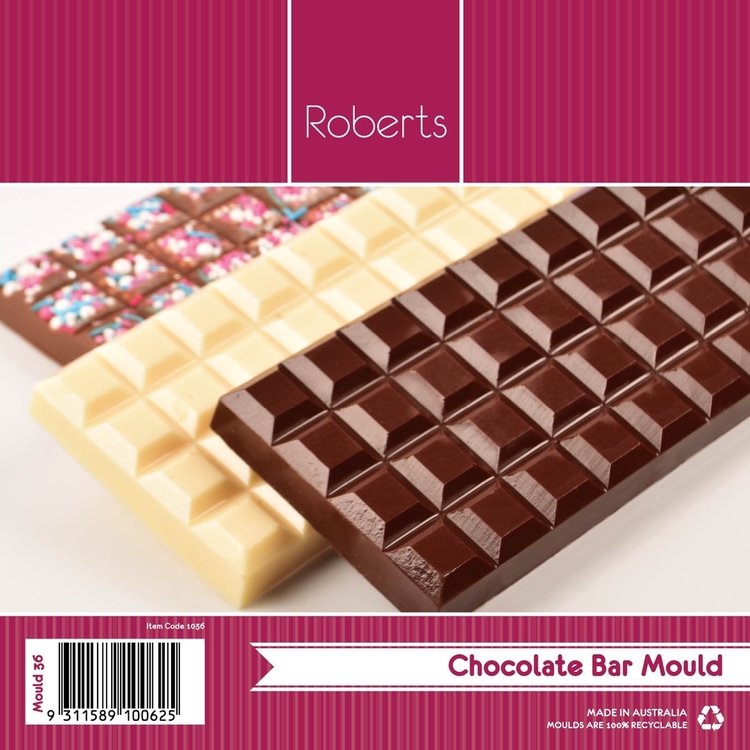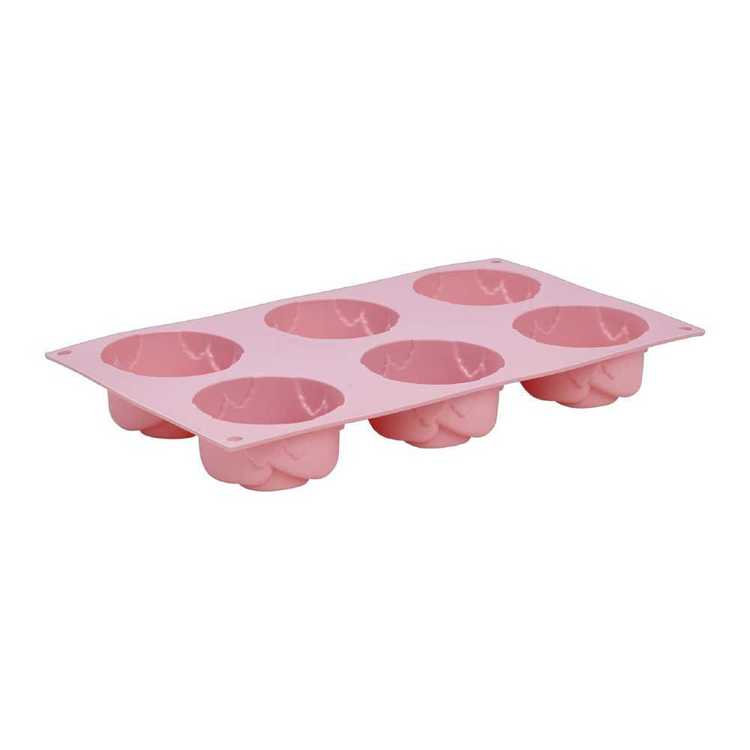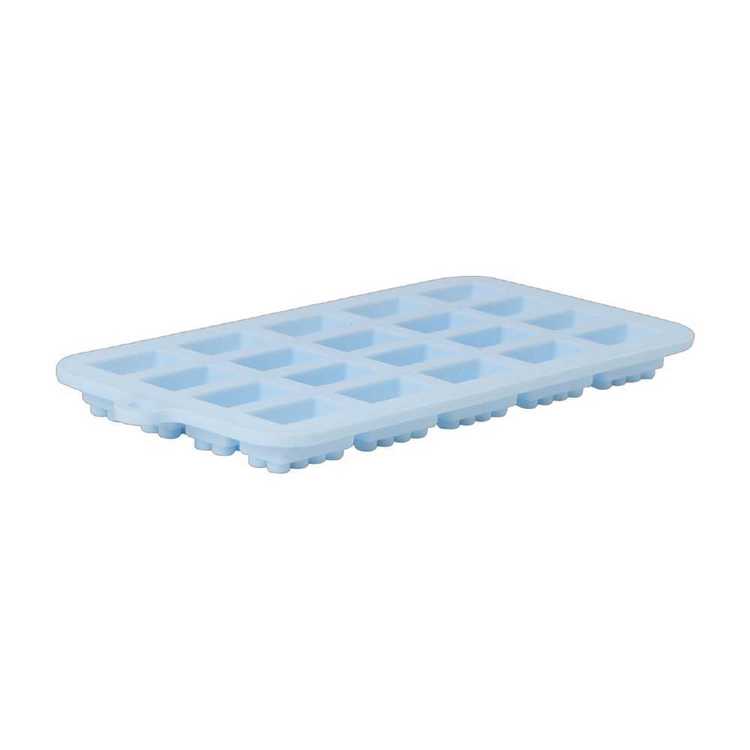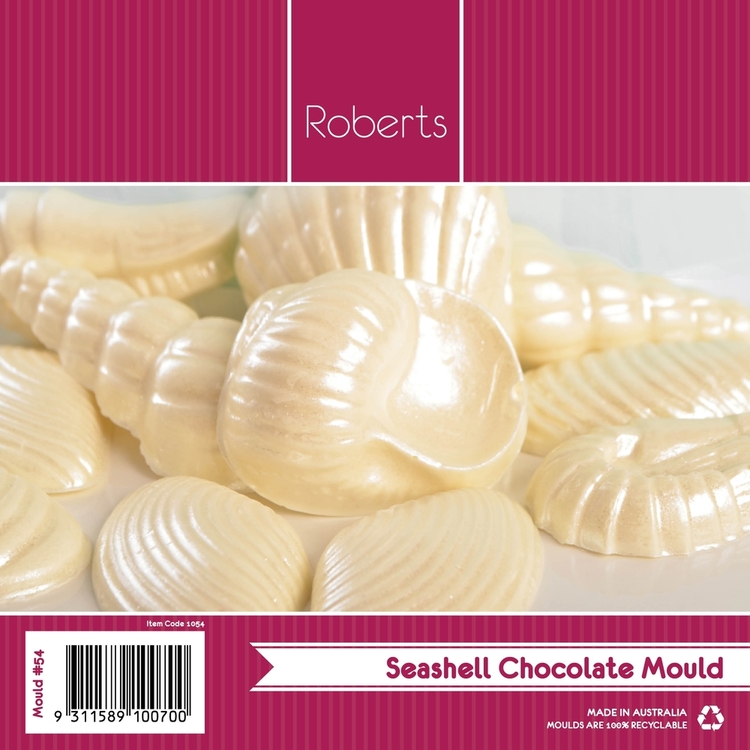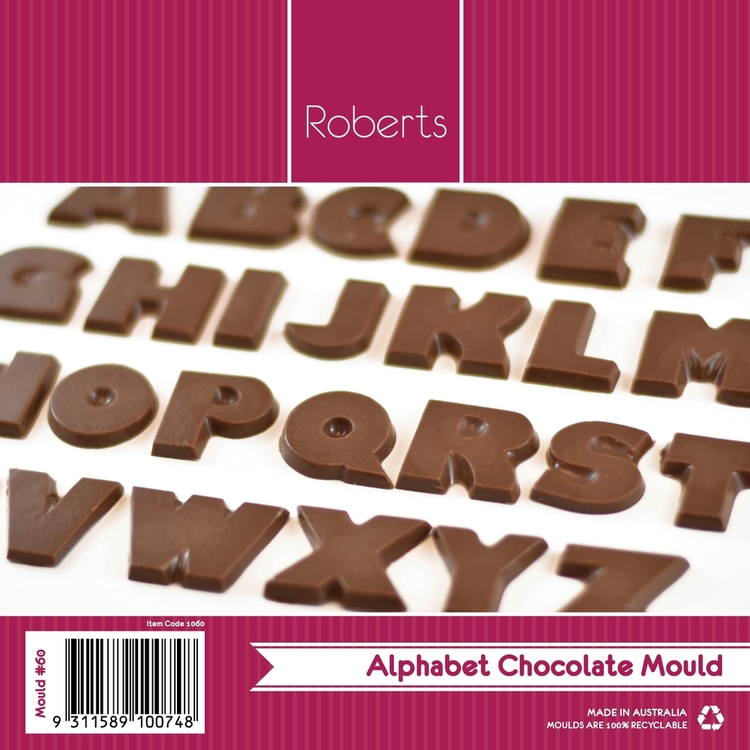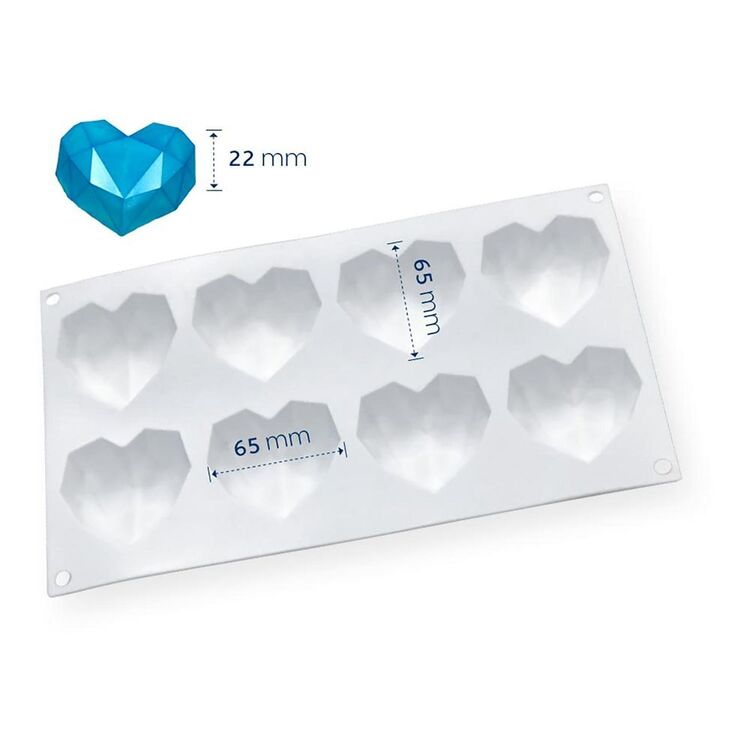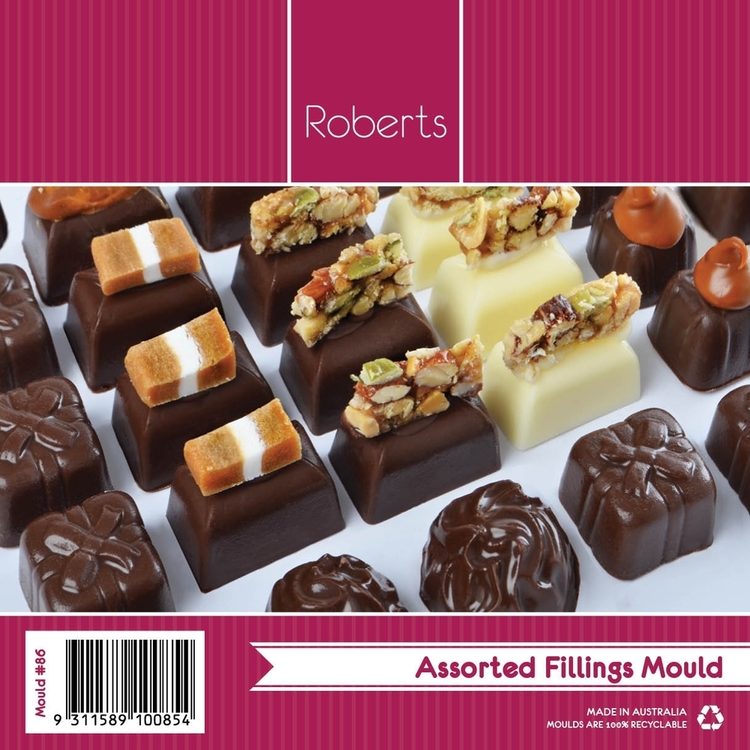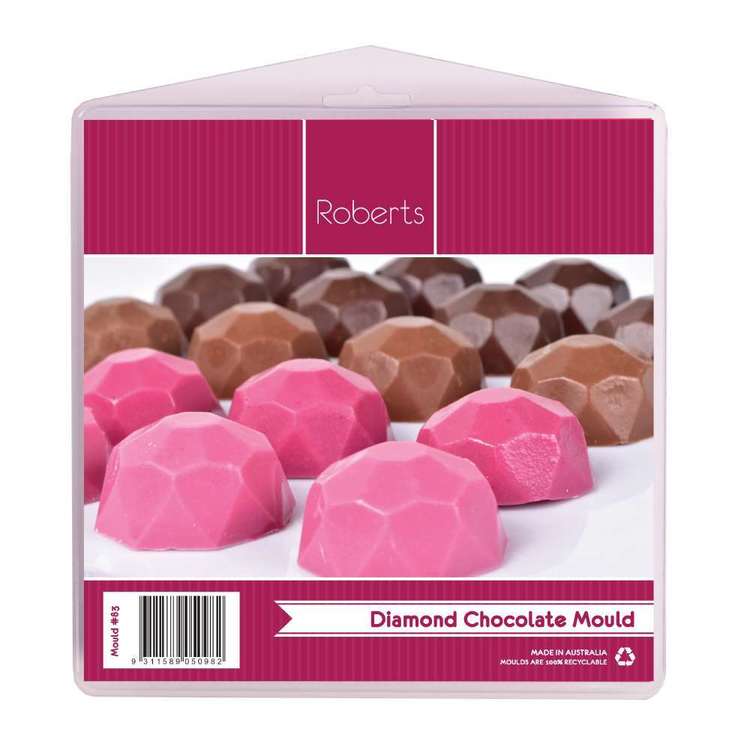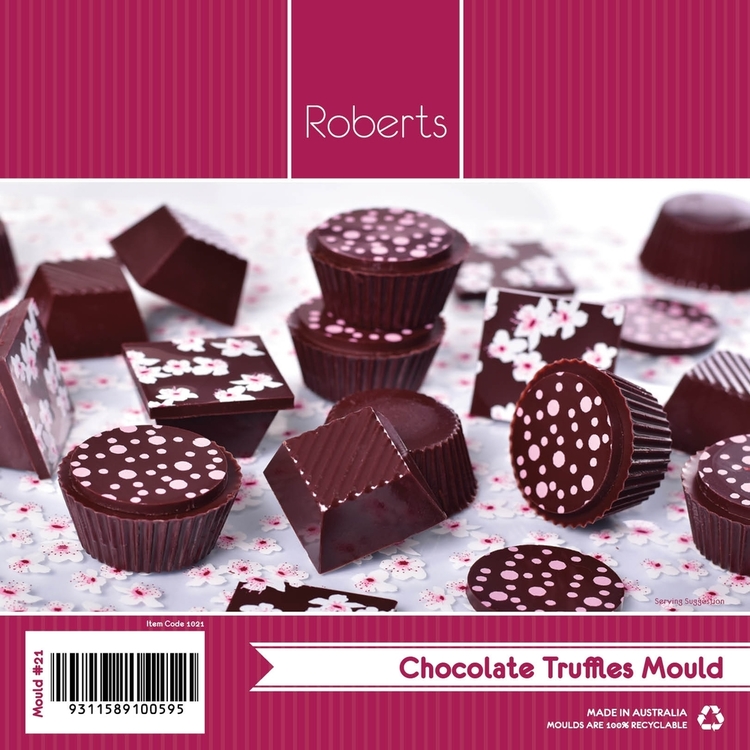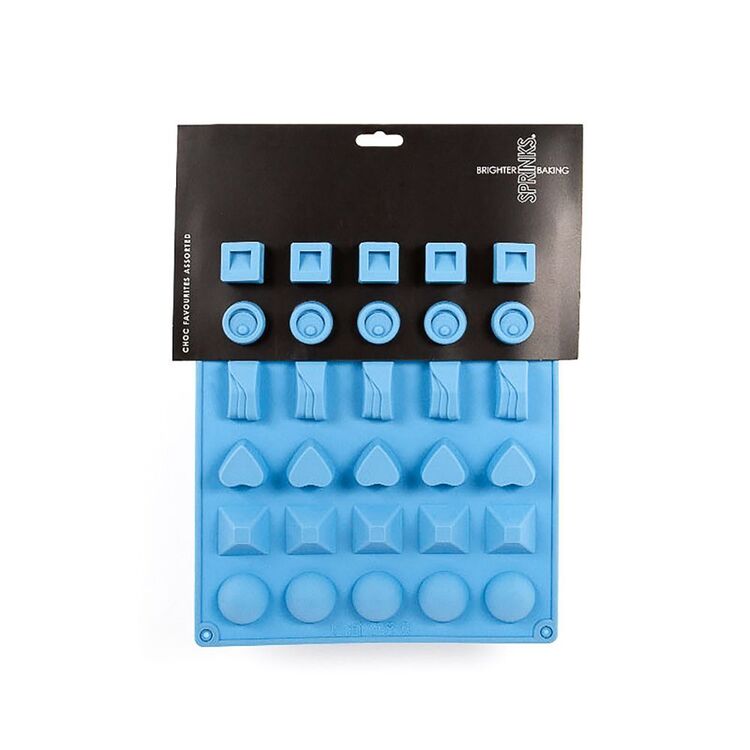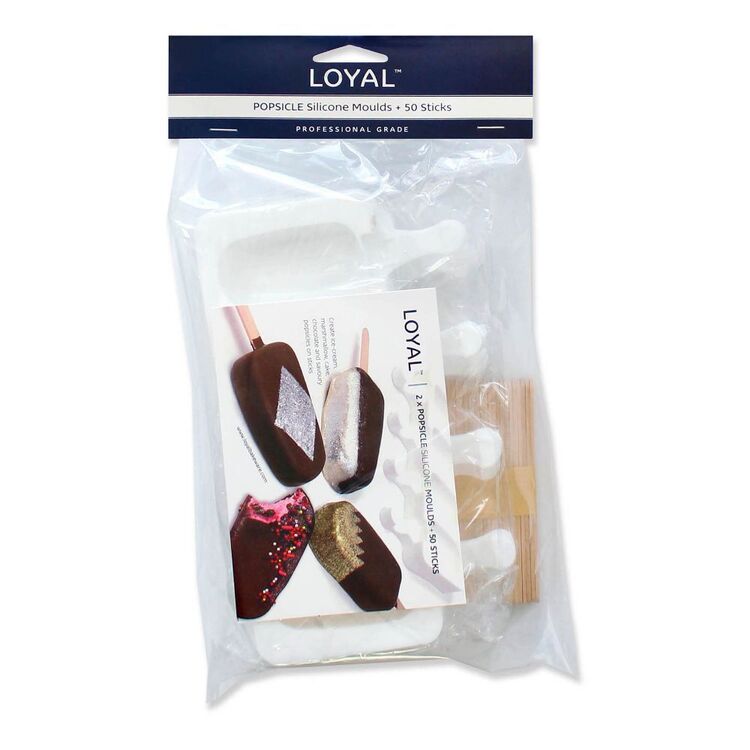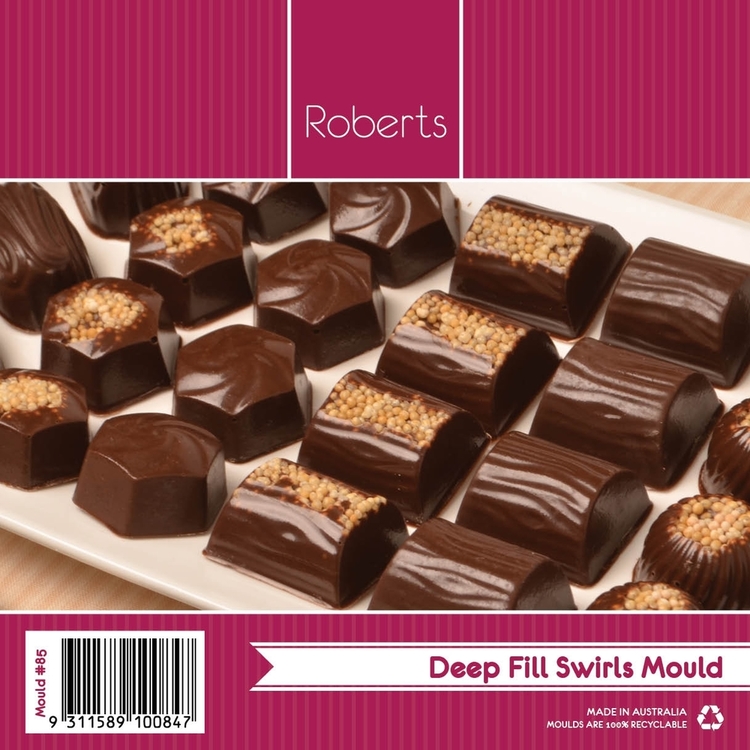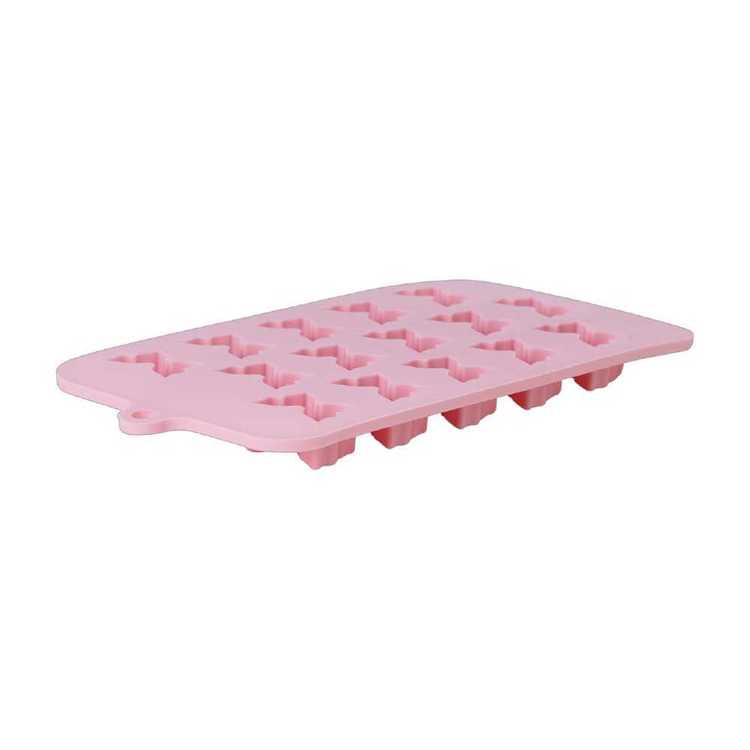 | ||
| Your browser is not supported. | ||
|
Please browse our site using any of the following options:
| ||
Silicone Fondant and Chocolate Moulds
Spotlight's range of silicone moulds come in a variety of designs & shapes. Make beautiful chocolates & sweets with great value cake moulds.
19 items found.
Shop Moulds For Chocolate Making, Baking and More at Spotlight
Whether you are looking to make your very own chocolates, mould lollipops and candy, or fondant treats, we have the perfect mould for you. Add letters and numbers, cute shapes, and a whole host of professional decorations. Make cake decorations to add that perfect finishing touch to your design, candy treats, or mould chocolate into all sorts of shapes and designs. With such a huge choice available, plus our guaranteed low prices across the range, shop our full selection of baking supplies online or at your local Spotlight store today.
What Kinds Of Silicon Moulds And Plastic Moulds Are In The Range?
This range includes a whole host of silicone moulds and plastic moulds in an assortment of different shapes and sizes, which are suitable for a whole host of different ingredients. They will add form and shape to your creative baking, and ensure uniformity and precision every time. Check out our lollipop moulds to create your very own confectionery at home, or perhaps gum paste or fondant moulds to add stunning embellishments to your cake decorations. Some popular moulds include:
- Letter moulds
- Flower and heart moulds
- Spoon moulds
- Themed moulds such as Halloween moulds, Easter moulds and Christmas moulds
Check out our Spoon Shaped Candy Mould to make delightful chocolate spoons, an excellent addition when you are serving up hot cocoa or perhaps one of our themed moulds that would be ideal for a children's party. Whether you are looking for the perfect candy crown, floral elements, or letters and numbers to make your message clear, you are sure to find the right mould for you amongst our remarkable collection. There are so many fabulous options to choose from, so stock up now and be prepared for the next time inspiration strikes.
Moulds FAQs
What are some tips for using moulds?
Moulding icing is quick and easy, particularly if you are using a pre-made fondant or gum paste. Simply, roll out or press directly onto the mould. If you are struggling with the mixture sticking, paint a thin layer of corn starch and water over the mould before adding fondant. You can also roll over the mould after with a rolling pin, and use a clean, sharp knife to cut away any excess. Chocolate can be a bit of a challenge, and it can be difficult to mould this delicious stuff into the shape that you desire.
Whether you are tempering your choc or purchasing premade moulding chocolate, there are a few things to consider to ensure that your confectionary treats are a success. White can be particularly challenging, and it is always recommended that you melt chocolate in a bowl over boiling water. However, it is important to remember that getting water into your melted chocolate will ruin the consistency. If you are pouring your melted chocolate into moulds, it is recommended that you hold the mould at an angle as you fill it up and then gently tap on the surface to remove any bubbles. If you are hoping to add a chocolate-y touch to your cake, then check out the selection of moulding chocolate that we have available here at Spotlight.
How Should I Use My Mould?
Washing chocolate, candy, or fondant of moulds may mean that a different cleaning technique is necessary. Wiping the mould with a clean kitchen towel to remove any excess is recommended to keep your mould clean. If you have been using different ingredients, or you have decided that it is time to clean your mould, then wash in clean soapy water. Always ensure that it has been rinsed properly and dried thoroughly prior to storage. Do not put your moulds into the dishwasher and always avoid the use of any harsh chemicals or abrasive solutions, such as chlorine or bleach.
What are some ideas for using chocolate moulds?
Chocolate moulds are commonly used to make shaped chocolate pieces for cake decorating. Find great ideas here at Spotlight, our favourites are:
Discover Great Moulds Online Today
Shop online for useful silicone moulds for chocolate making. Create delicious treats at home with great moulds and more baking and chocolate-making supplies available at Spotlight. You might also like the collection of cake toppers, number candles and piping bags for your projects. For more baking and confectionery ideas, our cake and confectionery projects page is sure to inspire you - otherwise, check out our celebrate blog for lots of fun party ideas.




